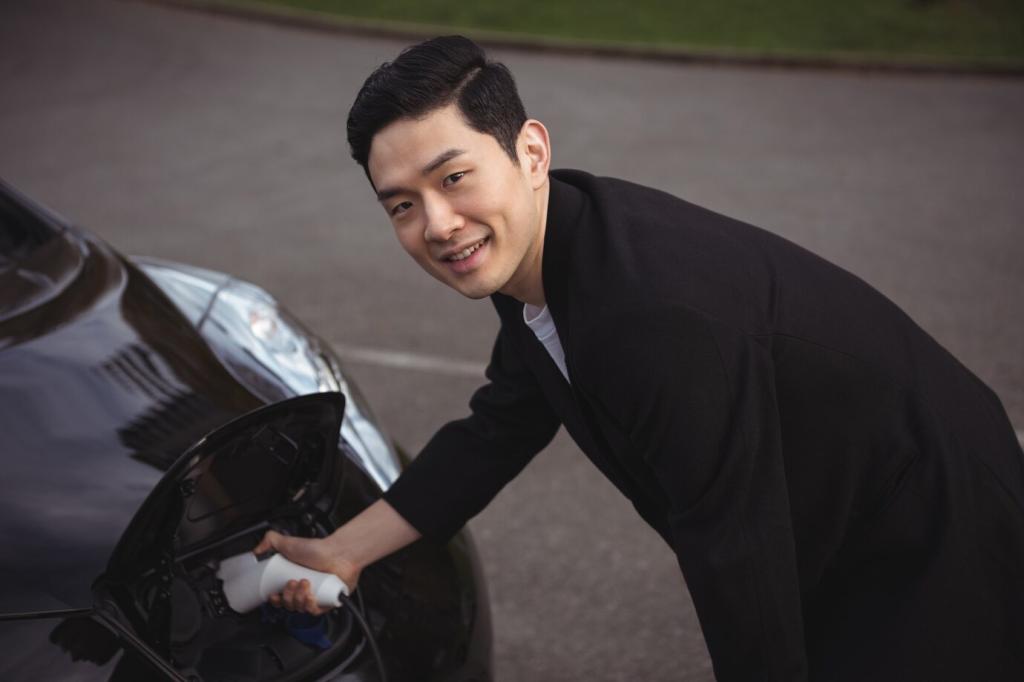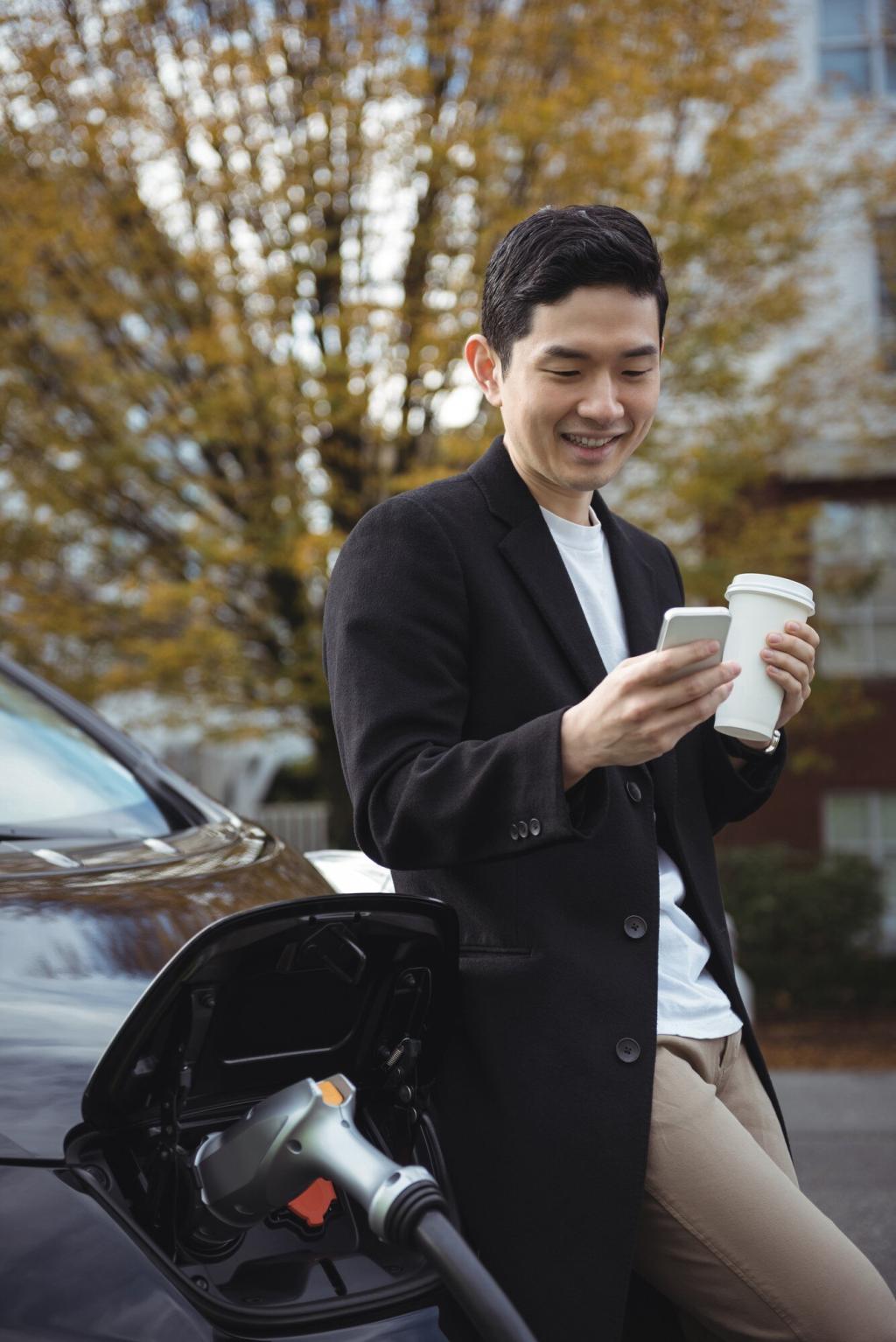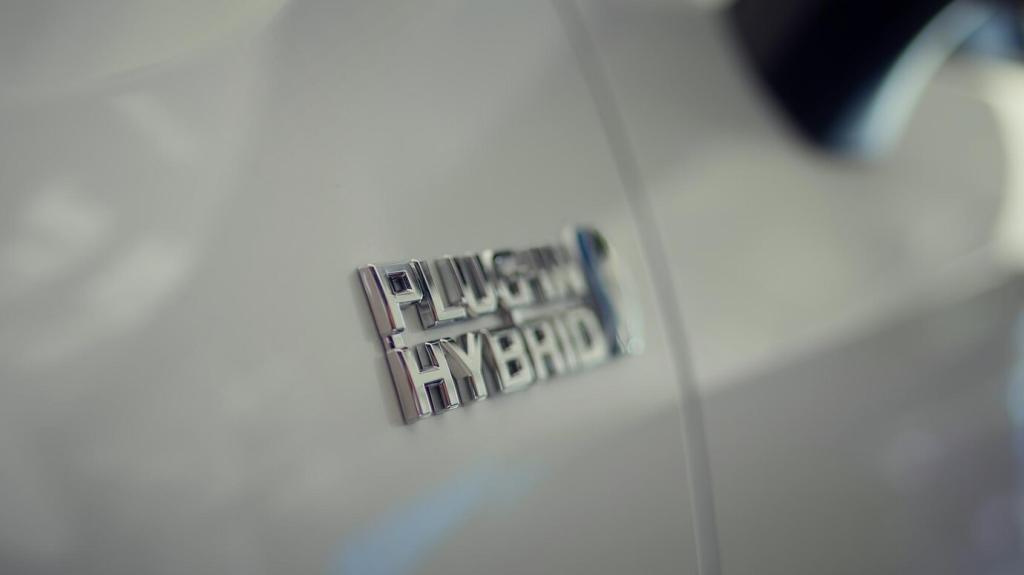Wireless EV Battery Charging Innovations
Chosen theme: Wireless EV Battery Charging Innovations. Imagine arriving home, rolling into your usual spot, and your car quietly begins charging—no cables, no fumbling, just effortless energy. Today we explore how cable-free charging is reshaping daily routines, city streets, and the future of mobility. If this vision excites you, subscribe and tell us which wireless use case you can’t wait to try.

A ground pad sends alternating current through a coil, creating a magnetic field that couples to a matching coil under the vehicle. Resonant tuning allows efficient energy transfer across an air gap, even with imperfect alignment. It feels like sci-fi, yet it’s grounded in robust electromagnetic fundamentals perfected for everyday reliability.

Where You’ll Use It: Homes, Workplaces, and Streets
A slim pad on your garage floor or driveway becomes invisible to your habits. Park over the marker, and your car quietly tops up overnight at moderate power levels, ready by morning. Scheduled charging aligns with cheaper rates, and there’s no tripping over cables. It simply works, every time, without changing your rhythm.
Where You’ll Use It: Homes, Workplaces, and Streets
Curb-integrated pads blend into sidewalks and parking lots, adding energy while you’re in meetings or shopping. No cluttered pedestals, no tangled cords, and no worries about weather. Cities gain safer pedestrian spaces, and drivers gain convenience. What office or campus would benefit most? Nominate one, and let’s map out a pilot together.


Performance Realities: Efficiency, Power, and Alignment
Cars rarely park perfectly, so systems are designed with generous lateral and longitudinal tolerances plus practical ground-to-vehicle gaps. Guidance markers, dashboard cues, and camera aids help drivers center easily. Even with everyday variability, resonant coupling maintains strong performance, ensuring you get consistent, predictable charging without precision-parking anxiety.


Performance Realities: Efficiency, Power, and Alignment
For passenger cars, typical wireless power levels mirror common AC charging—roughly several kilowatts into double digits—while prototypes push higher. For buses and heavy-duty fleets, on-route wireless sessions can reach substantial power, enabling meaningful top-ups in minutes. The result feels less like refueling and more like ambient, continuous energy replenishment throughout the day.
Grid Smarts and Sustainability Benefits
Because charging happens automatically when parked, utilities can stagger start times and modulate power to flatten peaks. Fleet depots benefit enormously: hundreds of vehicles can be coordinated without drivers plugging in simultaneously. This orchestration makes neighborhoods quieter and grids calmer, while keeping vehicles on schedule and energy bills under control.




What’s Next: Interoperability, Bidirectional, and New Materials
Standards, calibration routines, and certification aim to ensure any compliant car can charge on any compliant pad. Multi-coil arrays, alignment assistance, and open communication protocols reduce headaches for drivers and site owners. Tell us which vehicle and charger pairings you want tested side-by-side in an upcoming interoperability report.
What’s Next: Interoperability, Bidirectional, and New Materials
Imagine your car stabilizing the neighborhood during an evening peak or powering tools at a worksite—without plugging anything in. Bidirectional wireless makes vehicles flexible grid assets, enabling backup, balancing, and revenue streams. If you manage a building or campus microgrid, message us to collaborate on a real-world pilot roadmap.
